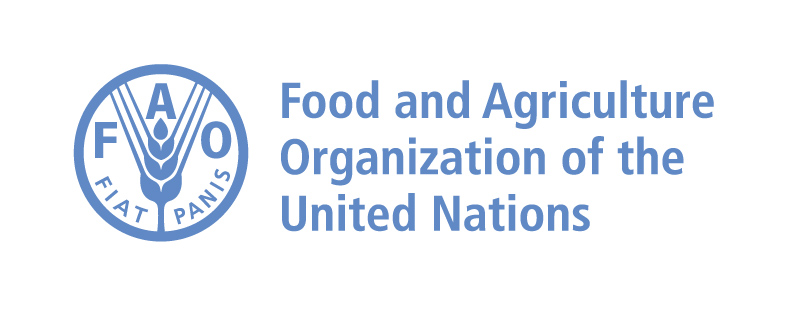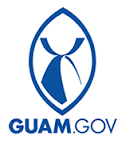Resource information
The purpose of this Chapter is to establish certain minimum regulations for the protection and promotion of the public health, safety and general welfare of the people of the Territory of Guam, which regulations are deemed necessary in order to encourage the most appropriate use of land, to provide adequate open spaces about buildings for light and air, to prevent undue concentration of population, and to assure adequate provisions for community utilities and facilities such as water, schools, parks and other public requirements. In order to carry out the purposes and provisions of this Chapter, areas within the Territory of Guam are divided into eight zones, known as: Agricultural Zone, One-Family Dwelling Zone, Multiple Dwelling Zone, Automobile Parking Zone, Commercial Zone, Limited Industrial Zone, Industrial Zone, and Limited Commercial Zone. The Zoning Map shall be adopted by the Territorial Land Use Commission of Guam and shall be effective upon its approval by the Committee on Rules of the Legislature and by the Governor. Section 4 of Article specifies the uses that are permitted in a Rural Zone (Agricultural Zone).
Amended by: Act amending Chapter 61 of Title 21 of the Guam Code (P.L. 27-91). (2003)



